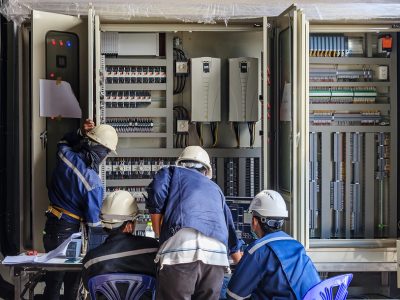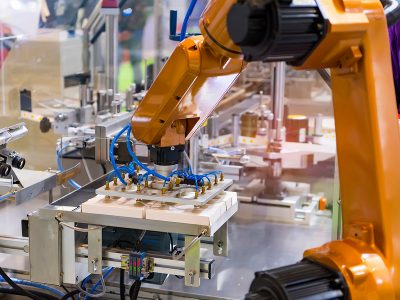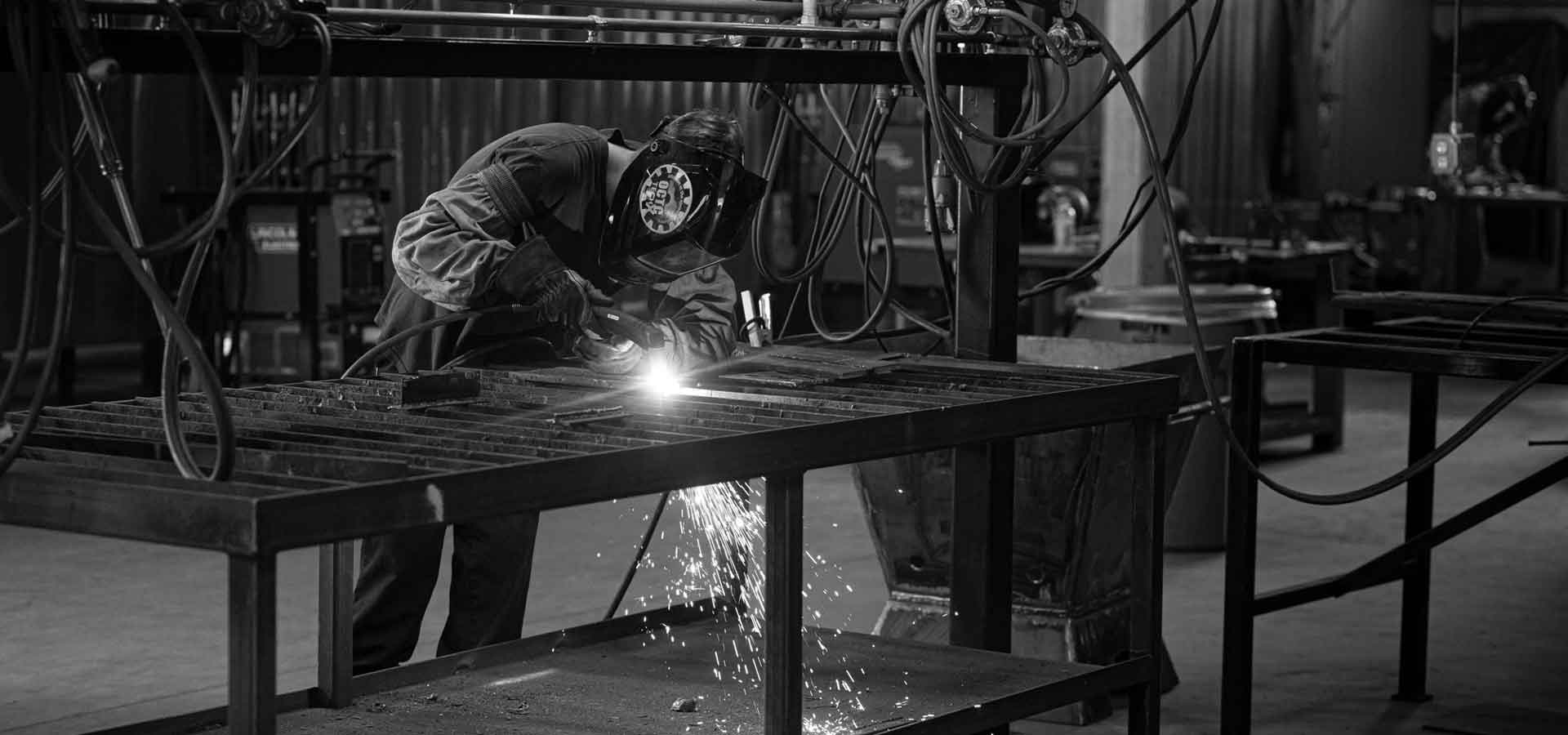Each step on a career pathway is designed explicitly to prepare students for the next level of employment and education. Career pathways target jobs in industries that are important to local economies (Jenkins & Spence, 2006). As such, these programs should not be developed with a “one size fits all” approach. Pathways must be individually structured to accommodate the particular industry targeted. The requirements of employment and advancement in the target sector and existing programs and resources for preparing workers for employment in those sectors should be considered.
Potential Careers

Industrial Maintenance Technician

Fluid Power Mechanic

Industrial Maintenance Mechanic

Electrical Maintenance Technician

Robotics Automation Technician

Mechatronics Maintenance

PLC Controls Technician

Mechanical Engineering Technician

Industrial Electronics

Integrated Systems Technologist
Career Pathway Model
AMTEC’s strives to “Increase secondary to post-secondary transition and from post-secondary to employment to meet industry needs.” As a result, AMTEC was tasked with designing an Employer Driven Career Pathway Model.
The model’s primary focus is one that supports advanced manufacturing, to offer a flexible career pathway to fit the unique needs of students, employees, and employers, and to identify and prepare the current and future workforce. The AMTEC project commissioned a literature review that identified six promising practices of career pathway models:
- Employer Engagement
- Institutional and Instructional transformation
- Wrap-around support services
- Partnerships
- Continuous Improvement
- Sustainability
Using this framework AMTEC engaged in a national case study of exemplary career pathway models, the combination of industries need for a pipeline of skilled workers to replace the aging workforce. The results of the review and the identification of success factors have resulted in our Career Pathway Model, as shown below.

